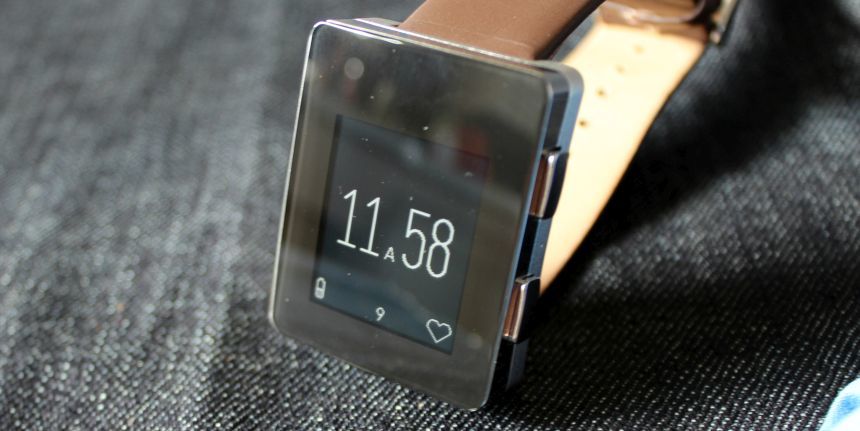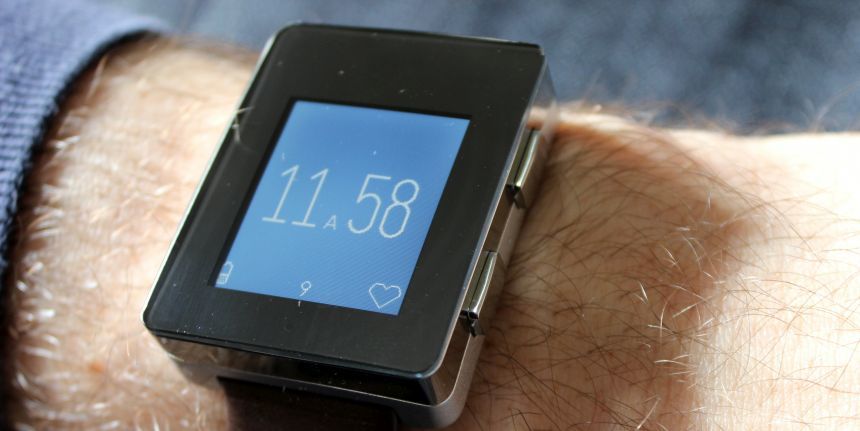
We have covered the smart watch segment with some regularity here. What is sometimes overlooked, however, is that these watches fit into an even larger segment that is commonly referred to as wearable tech or, in other words, bits of tech that are designed to be worn on our person. Fitness trackers also fall into this category, and the watch we have for you today is, in fact, a fitness tracker in a watch format: enter the Wellograph fitness smartwatch.
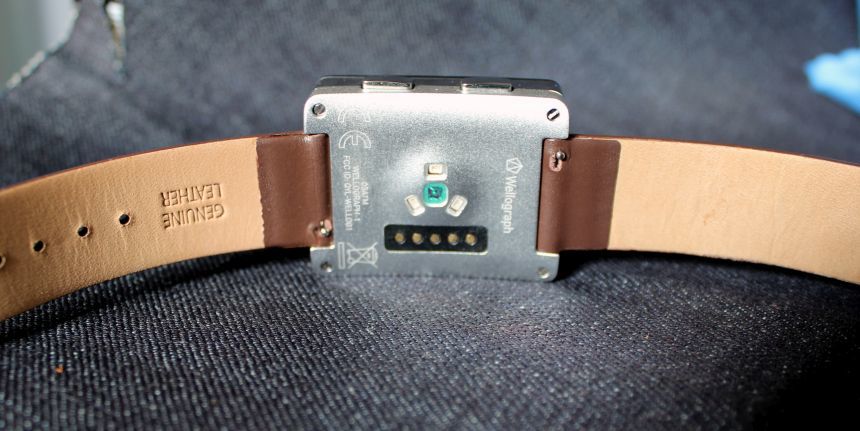
Let us get one thing out of the way: the Wellograph is not something that we would consider to be a smartwatch. Yes, it does connect to your phone via Bluetooth (the low energy consumption version 4.0, for those interested), but it does not do that to pull over notifications, allow navigation, or other similar feats that we have grown to expect from smartwatches. What it does, however, is that it transmits fitness-related information to the mobile app, as well as receives firmware updates (which, again, are downloaded via the mobile app).
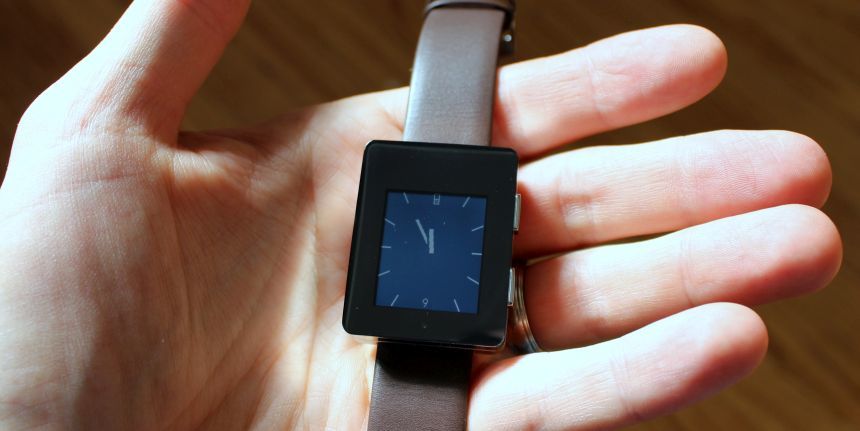
The firmware is actually something I want to call out. While I have had the Wellograph in for review, there have been six or seven new updates that have come out. These are not to fix bugs, but instead improve functionality and usability. It is something I liked to see, as it gives me the sense that the company is committed to improving the product, not just pushing it out the door and focusing on the next great thing coming down the pipeline.
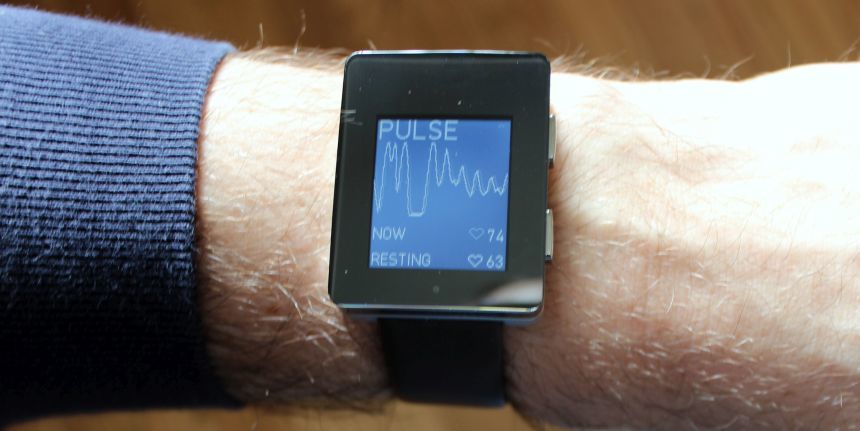
As far as activity trackers go, it has the main measurement we have come to expect, and that is “steps taken,” plus a few other new twists. The biggest one that fitness bands have been starting to include is a heart rate sensor. Now, while I am by no means a fitness guru that monitors his heart rate all that closely, there is something pretty cool about watching it record the rate and build the chart, in real time.
Past that, it also will grab readings throughout the day to establish what your resting heart rate is – a valuable piece of information for your fitness. You can tell this is occurring because you may notice (I did, at least) a flickering green light coming from the bottom of the watch – this is when the pulse sensor is active. Should you be done with resting, and wanting to push your heart rate, you can flip the watch into a mode that is more suited to tracking your run, for instance, as well as your heart rate.
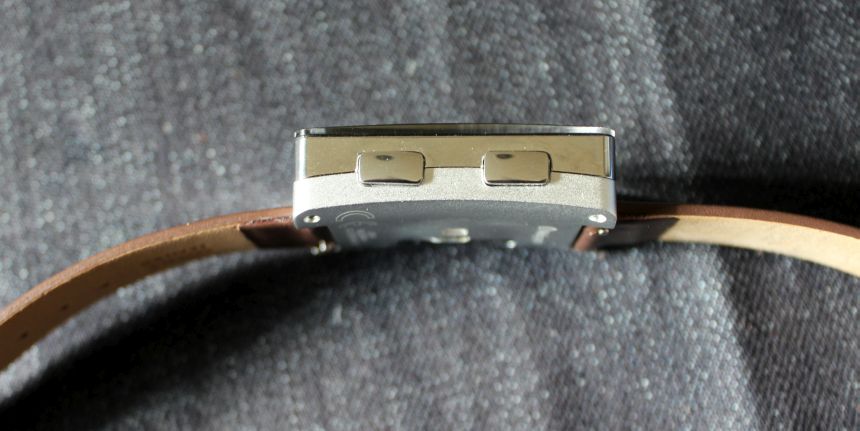
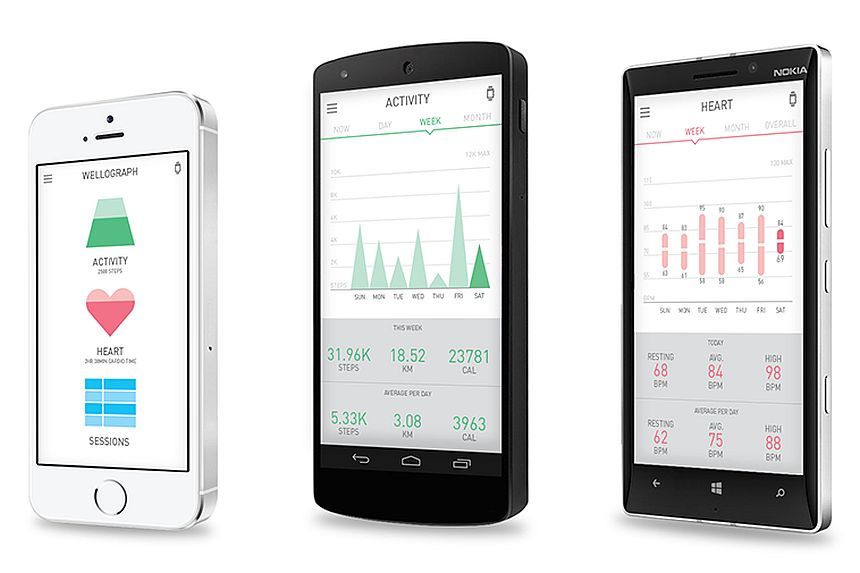
Whatever you do – running, walking, or otherwise – the Wellograph will track your fitness level for the day (as displayed by the heart icon in the lower right), and, of course, chart out the information of how active you have (or have not) been that day. On the watch, this is fairly basic information. It is only when you get the data into the mobile app and let it analyze it for you that you get a richer experience. Unfortunately, it does not seem that their website (which you can log into) is setup to display this info on the web, as I am more used to with other trackers.
Of course, the lack of website progress viewability is certainly not a major fault. Why is it something that I look for? Well, for one, it is functionality that I am used to from my current everyday tracker. It gives me a quick way to dive into the details of the previous day (particularly the sleep tracking). It also fits well with my usage, as I am at the computer all day (and where the tracker automatically syncs).
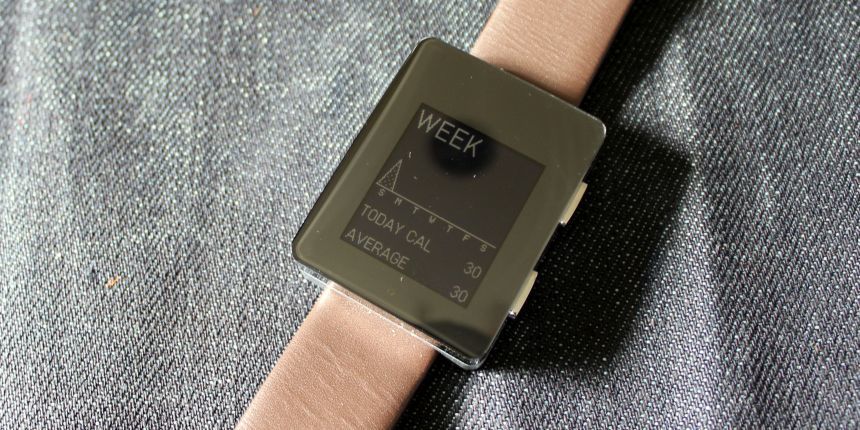
With the Wellograph, if you want this sort of detail, you are going to your phone. This also underscores a broader category of usage; if I have a choice between using the computer or my phone (say, while at my desk), the computer always wins. For you, of course, that may be reversed, and the phone is your main computing platform of choice.
This is not necessarily a bad thing – just not the path I take. Also, since I like to reduce drain on the battery, I have a habit of turning off features (such as bluetooth) to keep the charge on the phone. To shift to this paradigm, I would need to (a) turn on bluetooth (or leave it on all the time) and (b) force the sync from the Wellograph, as it does not sync automatically, to preserve the battery on the tracker. So, based solely on my own habits and usage, this is not convenient. However, if you commonly have bluetooth turned on all the time, then it is less of a concern. Also, if you go that route, you would be able to use the Wellograph as a “trusted device” to unlock Android devices, so there is a nice bonus there.
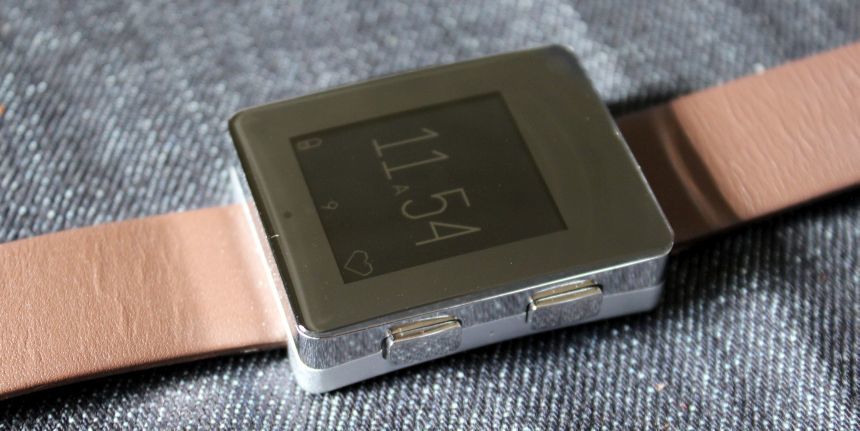
So, what of the Wellograph watch itself? It hews to the rectangle-on-a-strap form that we have seen many of the tech watches follow (at least until as of late). The Wellograph does feature a variety of curved surfaces (the sapphire crystal, for example, as well as the caseback) softening its squared-off nature at least a little a bit. This curve also shows up in the side of the case, where you get a sort of two-tone effect.
The curve on the caseback was the most important in terms of wear, and it did make the watch comfortable. I was able to snug the strap tight enough that the heart rate was able to do its job, without it feeling like I had a chunk of metal digging into my wrist. Speaking of the strap, that was an odd choice here.

For a watch that is predominantly black and silver, the choice of a brown leather strap seems a bit off, at least to my senses. Fortunately, I did have another 20mm strap with quick-change spring bars around, and confirmed: the Wellograph looks better with the darker strap. Given the quick change nature, even one made from rubber or ballistic nylon would present an even more “exercise ready” look. Fortunately, there are some other options available, as well as an all-black finish on the case.

